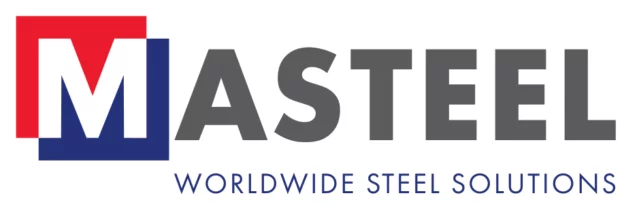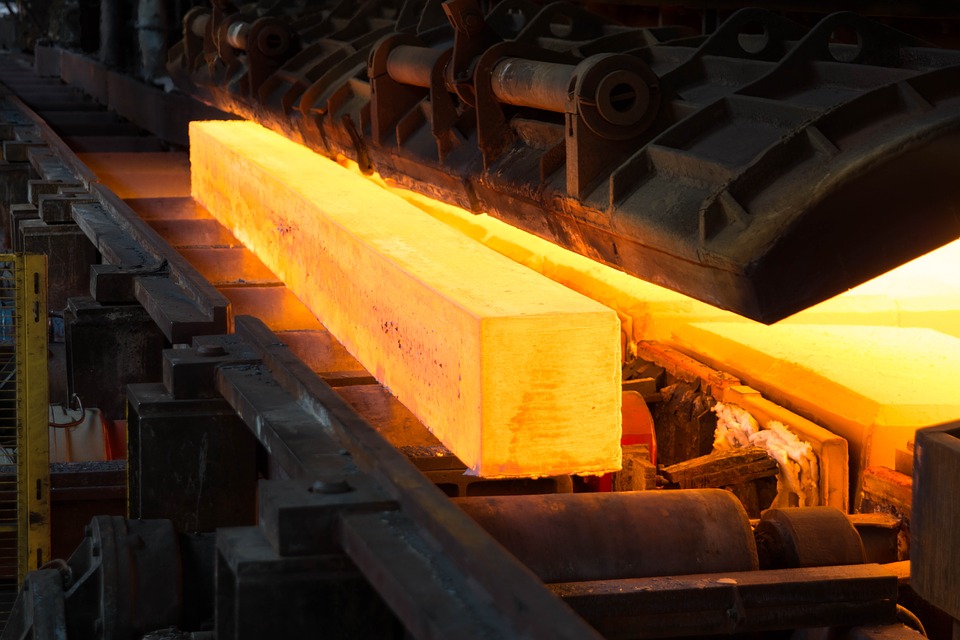Metal rolling replaced the traditional hammer-and-anvil approach of pre-industrial metalworkers and blacksmiths, allowing them to create metal alloy sheets with significantly reduced labor requirements. As the technology enhanced, this processing method became the benchmark for mass production of high-quality steel for almost any application. The end-product from rolling heated steel alloys is known as hot rolled steel.
Outlining Hot Rolled Steel
Hot rolled steels are defined by their processing method as opposed to their qualities, characteristics, or composition. They are manufactured by heating semi-finished casting products such as ingots or billets to temperatures above 1700°C (3092°F), which exceed the recrystallization points of most alloys. These casting products are usually heated through electromagnetic induction or in a combustion-fuelled soaking pit. When the alloy exceeds its recrystallization temperature, its grains deform into a novel crystallographic structure that displays reduced strength and increased ductility.
These elevated temperatures must be maintained as the billet is fed through the rolling mill or casting apparatus. Hot rolled steel is kept at refractory temperatures until the product is considered finished. If the temperature is allowed to drop below the alloy’s recrystallization point, it can harden and cause significant mechanical defects in the end-product. Billets that have been allowed to cool between rolling or forming must be reheated and re-rolled to ensure the end-product hot rolled steel is suitably defect free with the requisite mechanical characteristics.
Advantages of Hot Rolling
Hot rolling is one of the preferred methods for cost-effective steel forming due to its simplicity. Once the hot rolled steel is considered finished, it is cooled at ambient temperatures as opposed to quenching in a liquid bath. This negates the generation of internal stress from artificial hardening, enabling the manufacture of high-yield steels in fewer stages.
The converse of this is that hot rolled steels exhibit lower dimensional tolerances due to uncontrolled shrinking during the cooling process. This is not usually an issue as hot rolled steel products are typically applied in areas where dimensional precision is not critical.
Applications of Hot Rolled Steel
Hot rolled steel is ubiquitous in the steel industry. It is one of the most common forming methodologies and can be used to fabricate sheet metal or hot rolled steel angles for a variety of construction applications. Masteel’s range of hot rolled steel products are used in sectors as varied as construction, shipbuilding, and ballistic protection.
Hot Rolled Steel Products from Masteel
Masteel is one of the world’s leading suppliers of hot rolled steels for an array of applications. We provide hot rolled steel angles certified to EN 10025 S275 and EN 10025 S355 standards, structural hot rolled steels with yield strengths of up to 550 MPa, and rolled homogenous armor (RHA) for armor plating.
If you would like any more information about hot rolled steels, please do not hesitate to contact us.

